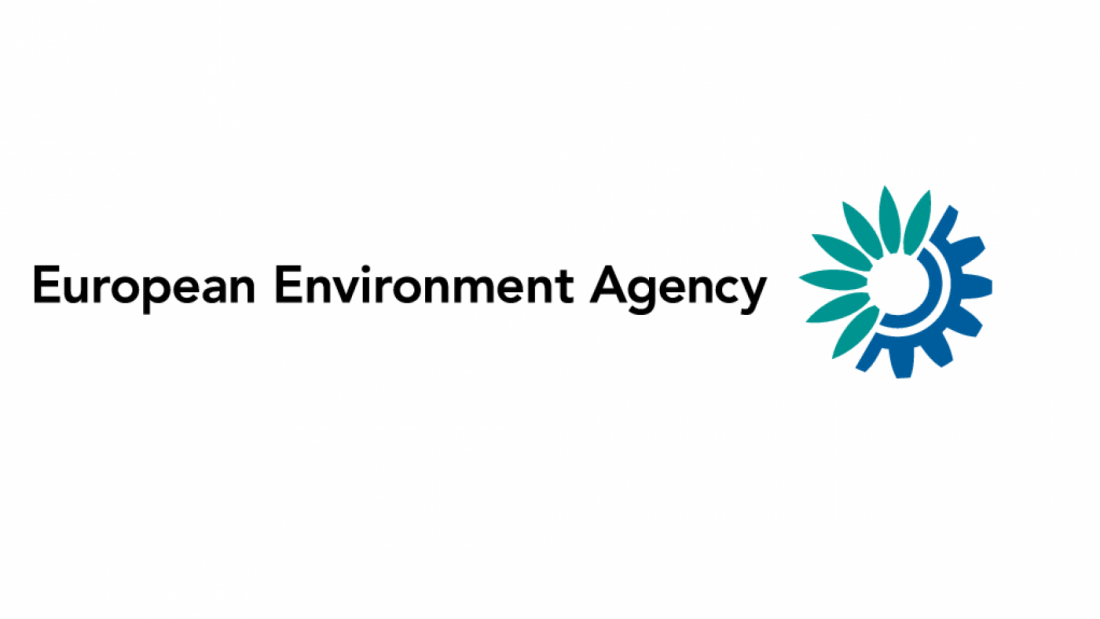
European Environment Agency shares post-COVID greenhouse gas emissions data from transport in Europe
187 days ago
3 minutes
Source: The European Environment Agency
The EEA has reported that after six years of the EU transport sector experiencing a steady growth in greenhouse gas emissions, in 2020 its rates had decreased substantially because of reduced activity during the COVID-19 pandemic. Preliminary estimates of 2021 emissions indicate an 8.6% increase in transport, followed by a growth of 2.7% in 2022. National predictions compiled by the European Environment Agency suggest that, even with measures planned in each of the Member States, emissions from domestic transport will not drop below their 1990 level until 2032. International transport emissions from the aviation and maritime sectors are projected to continue increasing.

The EU’s domestic GHG transport emissions increased from 2013 until the disruption of the COVID-19 pandemic in 2020, largely due to passenger transport growth and inland freight volumes. Between 2019 and 2020, transport emissions went down by 13.5% and recovered from the pandemic effects in 2021 with a growth of 8.6%. In 2022, preliminary estimates indicate these emissions continued their upward trend by 2.7%.
According to their national projections, Member States predict these transport emissions will increase in the following years. As no additional measures have been taken, emissions are expected to grow in 2024. There are transport-related measures currently planned, but not yet implemented by Member States; they are projected to reverse this growth after emissions peak this year.
Looking ahead to 2030, current policies and measures would reduce GHG transport emissions to a rate of 4% above 1990 levels. With extra measures, EEA believes that 2030 transport emissions can go down to 5% below 1990 levels. The majority of planned measures and policies for the transport sector focus on promoting low-carbon fuels or electric cars, as well as driving a modal shift to public transport usage.
In addition to domestic transport, international aviation and international maritime industries also add to transport-related emissions. In terms of categories within domestic transportation, navigation, aviation and railway emissions have all decreased since 1990 and are predicted to stay relatively stable in coming years.
Road travel accounts for the highest amount of overall transport emissions – emitting 76% of the EU’s transport GHG emissions (including domestic transport and international bunkers) in 2021. The majority of existing and planned measures in the Member States focus on road transport, so EEA predicts that this percentage will decrease because road transport decarbonises faster than other modes of transport. The largest emission increases until 2030 are forecasted to be from the aviation sector, followed by international maritime transport, as they have not been prioritised by national policies.
The aviation industry was massively affected by the COVID-19 pandemic, with its international emissions being 58% lower in 2020 than in 2019. EEA has reported this emissions decrease as temporary, as air traffic grew by 24% in 2021 and increased further in 2022, with a rise of 48%. Flight numbers are expected to bounce back to 2019 levels by 2025 at the earliest.

LEVA EU
Campaign success
Lorem ipsum dolor sit amet, consectetur adipisicing elit, sed do eiusmod tempor incididunt ut labore et dolore magna aliqua.
Member profile
Lorem ipsum dolor sit amet, consectetur adipisicing elit, sed do eiusmod tempor incididunt ut labore et dolore magna aliqua.